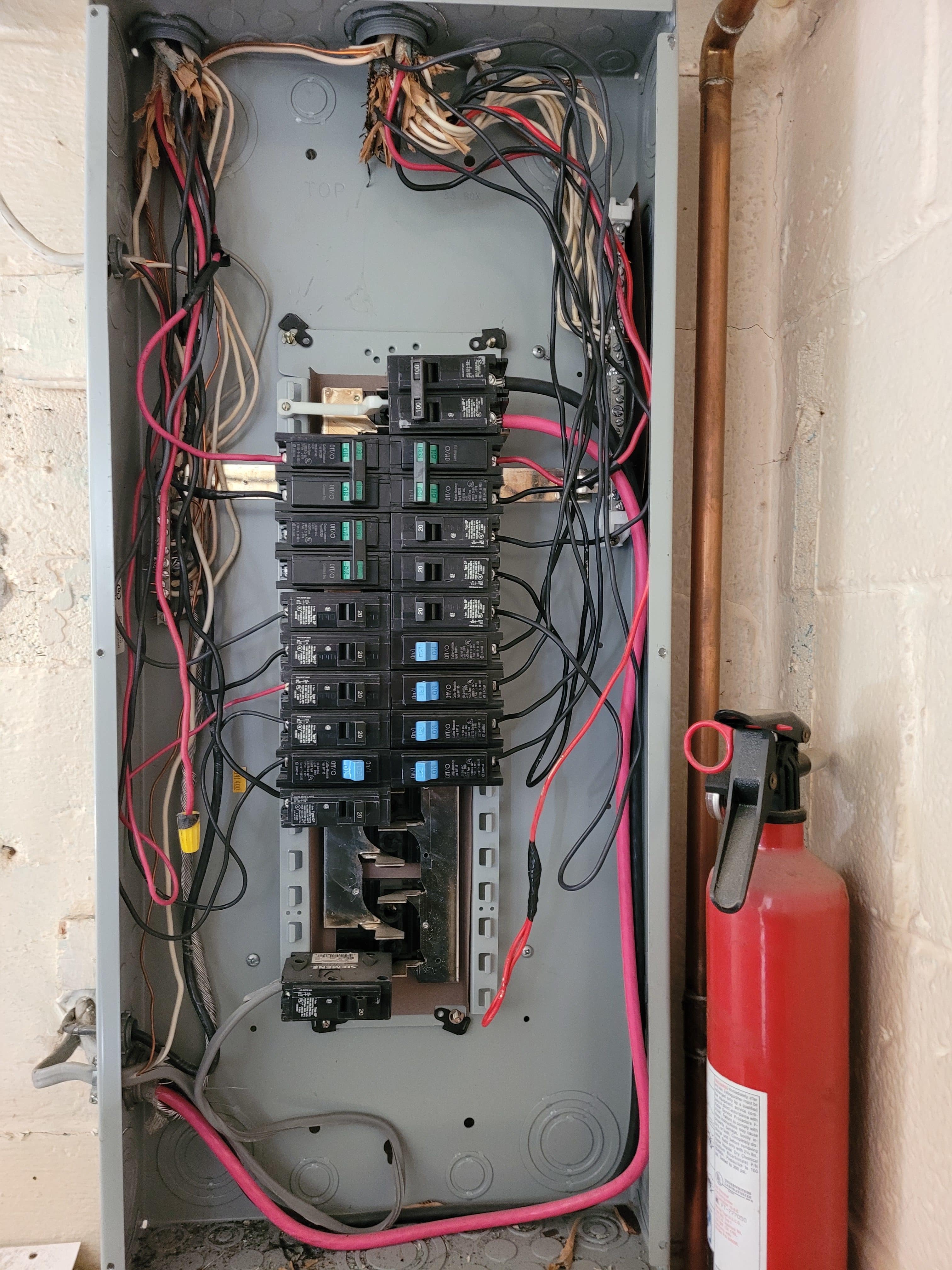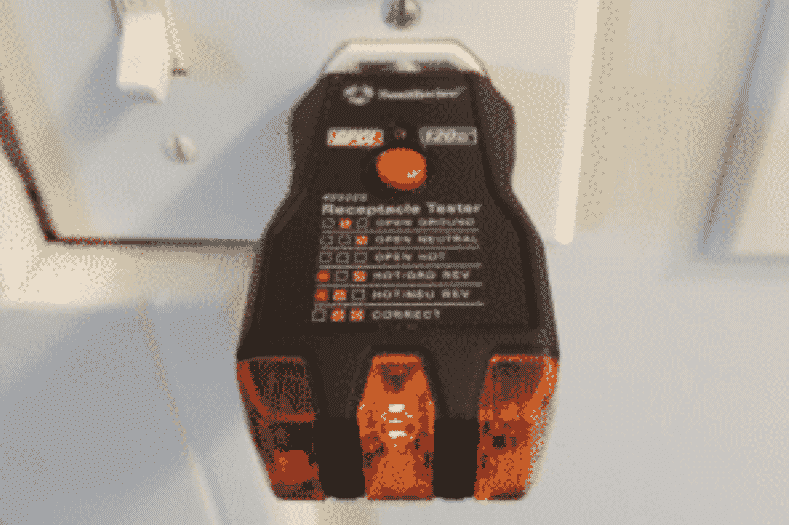Don’t panic if your house has Multiwire Branch Circuits
Understanding Multiwire Branch Circuits in Home Electrical SystemsMultiwire branch circuits are an uncommon but intriguing wiring technique in home electrical systems. To the untrained eye, a panel wired with this technique may look typical, but a knowledgeable inspector should be able to spot and explain the key differences.Setting the Stage: Key Electrical ConceptsBefore diving into multiwire branch circuits, let’s review some basics:Conductor, Wire, and CableConductor: The metal (usually copper or aluminum) that carries electricity.Wire: A conductor that may be bare or covered with a plastic insulator.Cable: Two or more wires bundled together in a protective sheathing or jacket.In most homes, electrical systems use single-strand insulated copper wires bundled into 2-, 3-, or 4-wire cables. For this discussion, we’ll focus on the use of 3-wire cables.Typical Uses of 3-Wire CablesThree-wire cables are most commonly used in the following scenarios:1. 240-Volt OutletsFor appliances like stoves or dryers.The two hot wires connect to … Continued


